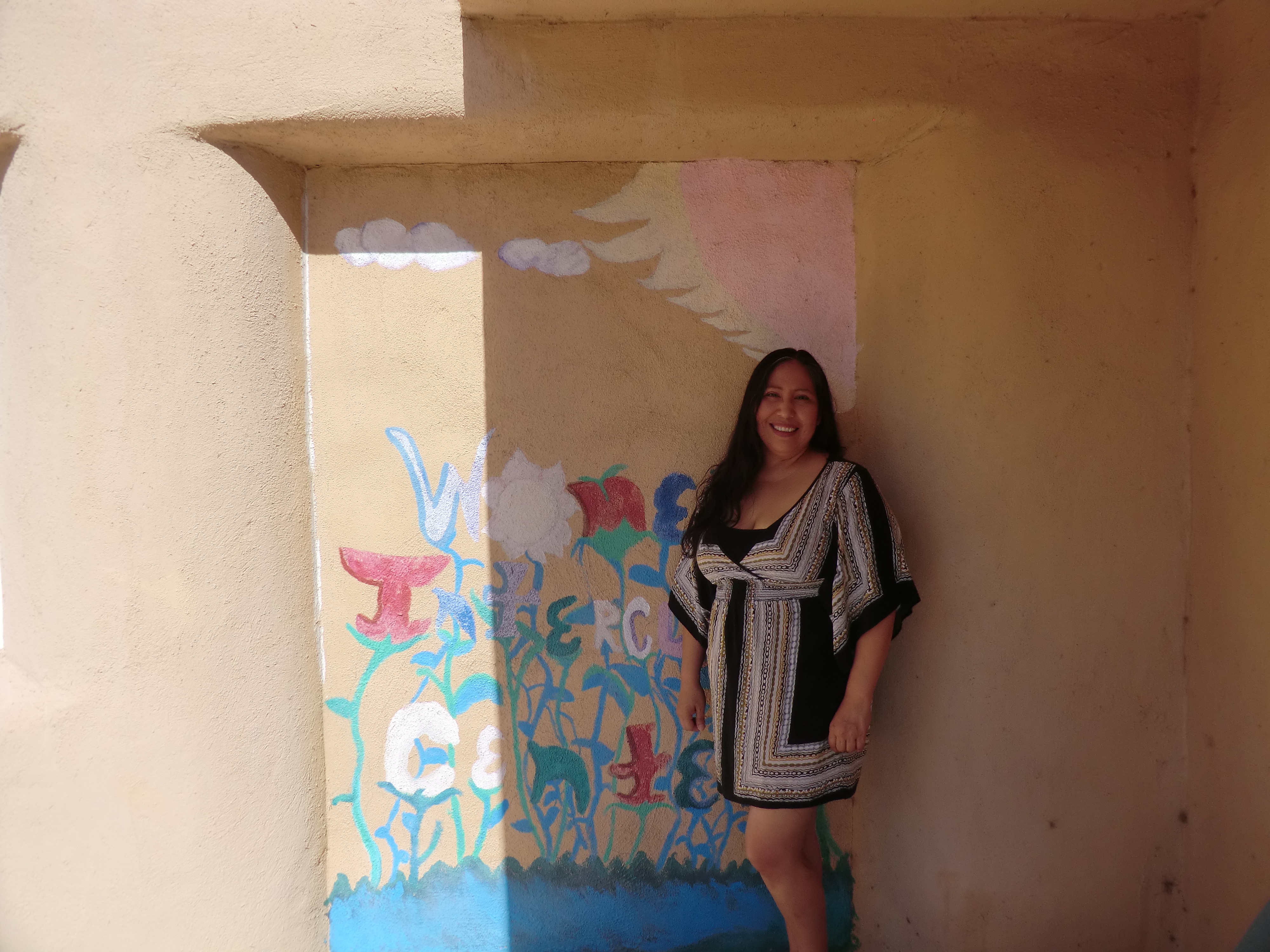Women’s Intercultural Center: Spanish Citizenship Class
A U.S. citizenship class for Spanish-speaking Lawful Permanent Resident (LPRs) over fiftyWho participated?
- Lawful Permanent Residents (LPRs) from Southern New Mexico and West Texas
- Volunteer Instructors
What desired outcomes?
To provide Spanish-speaking, Lawful Permanent Residents (LPRs) who meet federal guidelines a pathway to citizenship.
The goal of the Center as a whole is to educate, empower, and engage women.
How does this build relationships?
The class provides a strong peer support network that encourages and inspires. In addition to the class’s assistance, participants build lasting friendships that help them to overcome challenges and barriers they may encounter.
What costs?
- Participants pay a $5 registration fee every semester (15 weeks each spring, summer, and fall) and a $2 fee per class.
- Cost of the class per year for WIC (includes instructor salary, supplies & materials and facility usage cost): $16,650
What time resources?
- Classes are 2 days a week for 15 weeks per semester
- Instructor training lasts one day
- Prepping student material each semester requires around five days
What other resources?
Volunteers fill in for the instructor when needed and to assist in the preparation of the materials.
Who sponsored?
- Class fees
- Private donors
- Private grants
- Social Enterprises
- Fundraising Activities
Our Story: "I am from Torreon. I am 58 years old and have been living over 30 years in Canutillo, TX. My goal of becoming a Naturalized Citizen was attained with the help of the Women’s Intercultural Center’s Spanish Citizenship Classes, with them filling out my citizenship application and walking me through the entire process. I encourage you to take advantage of their classes, workshops and everything the Center offers."
Of the Center’s Education and Personal Development classes, the Spanish Citizenship class is one of its most popular. Mary Carter, the Center’s current director, was the one of the first participants to take the class and successfully pass the U.S. Citizenship Exam. Now, as instructor of the class, she recounts that the US citizenship process often impedes immigrant women’s long-term success. The Spanish citizenship class is two-hours long and meets twice a week over the course of fifteen weeks to prepare participants with the information and test-taking skills necessary for the US citizenship exam. The class caters to long-term permanent residents (LPRs) over the age of fifty because exceptions in US law exempt that population from English language proficiency requirements, due to their age and length of residency in the U.S. As per the majority of the Center’s classes, Spanish Citizenship class participants must pay both a small registration fee and an additional $2 – $5 per class. Proceeds from the classes help defray the costs of providing the classes.
Mary Carter proudly states that the citizenship class has a 100% success rate: no class participant who has attempted the naturalization process has failed to obtain citizenship. Each year, about thirty graduates from the Spanish Citizenship class gain US citizenship. She explains that the class owes its success to the support that the Center provides its students. Volunteer instructors attend both the citizenship test and the naturalization ceremony of every participant in the class. People all over the Paso del Norte Region hear of the Spanish Citizenship Class’s success. Even the US Department of Homeland Security refers people to take the Center’s Spanish Citizenship class. Although the class seeks to help women, 15% of participants aremen with a great majority of them participating in the Spanish Citizenship class independently or with their wives. They realize the difference and impact they make as U.S. Naturalized Citizens. As Mary Carter says, “When you educate a woman, you educate a family.”
Volunteers, who attend a workshop to learn leadership and teaching skills, instruct all the Women’s Intercultural Center’s classes, including the Spanish Citizenship class. Most of the Center’s volunteers are women who also partake in its classes, reinforcing the Center’s belief that women learn best from a community of other women. Volunteers can also propose to teach other classes based on their own interests, such as Zumba, Reiki, guitar, oil painting.
We all have the potential to rise, no matter our specific circumstance.
Benefits
The Spanish Citizenship class provides women and men over fifty from Southern New Mexico and West Texas a pathway to US citizenship. The Center’s volunteer instructors provide a support network for class participants all throughout their citizenship process. Women and men in the community who gain citizenship can participate in their local governments and vote in national elections, which allows them more of a voice.
As a whole, the Women’s Intercultural Center provides a place where women can explore their talents and find inspiration to achieve their goals. Women see they can better their lives, whether by starting a small business or organizing an advocacy group to affect change. The Center allows women to express their “quirkiness” through outlets such as Zumba, music, and art. The Honeycomb Thrift Shop raises revenue for the Center and helps foster an environmentally friendly ethic throughout the region.
Challenges
Finding adequate funding to sustain the Women’s Intercultural Center’s services presents a constant challenge. Much of the Center’s success has been in finding innovative ways to meet its financial needs. Building the Center from environmentally sustainable materials allowed the short-term benefits of low construction costs and the long-term benefit of low energy costs due to the insulation provided by the compact earth and tires. The Center currently uses revenue from classes and from the Honeycomb Thrift Shop, as well as independent donations, to fund most of its expenses, and ways to help the Center generate revenues can be found here.
Things to Remember
- Let stakeholders inform you of their needs and identify the outcomes they wish to achieve
- Use stakeholder input to create programs, tools, and resources to address identified needs, encouraging stakeholders to participate in the program creation process.
- Leverage resources and secure the funding necessary to complete and implement the program.
